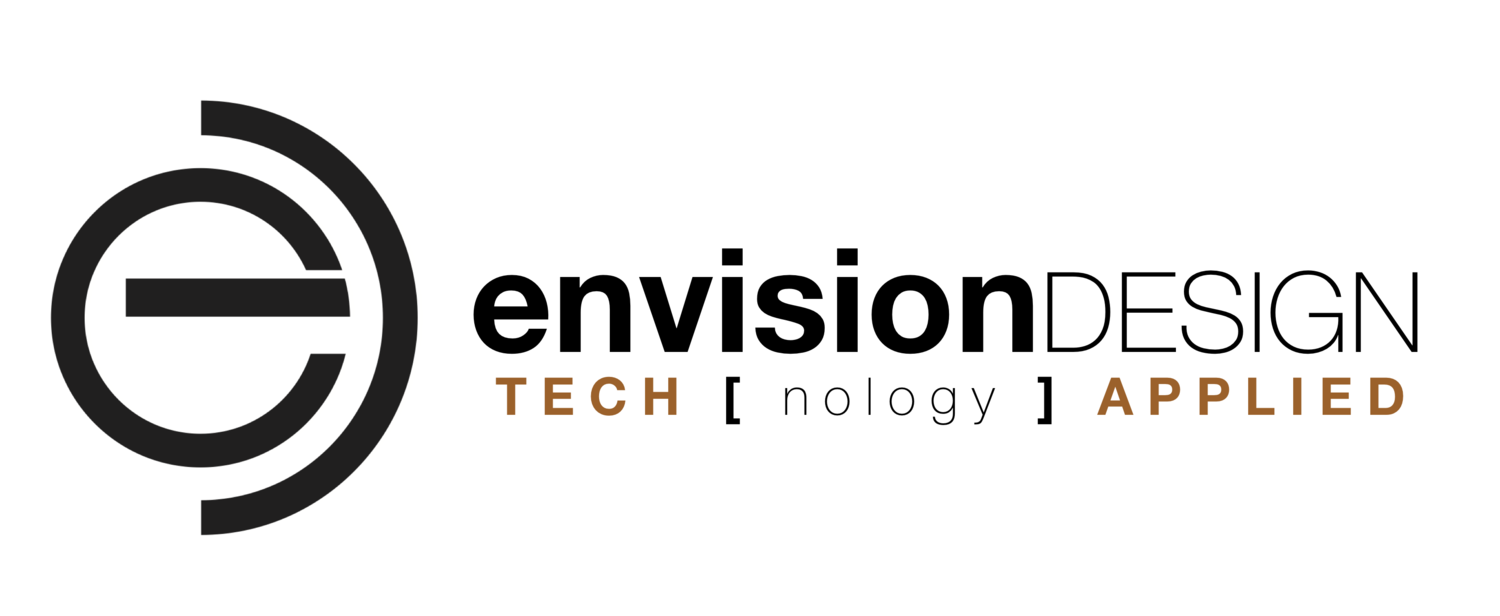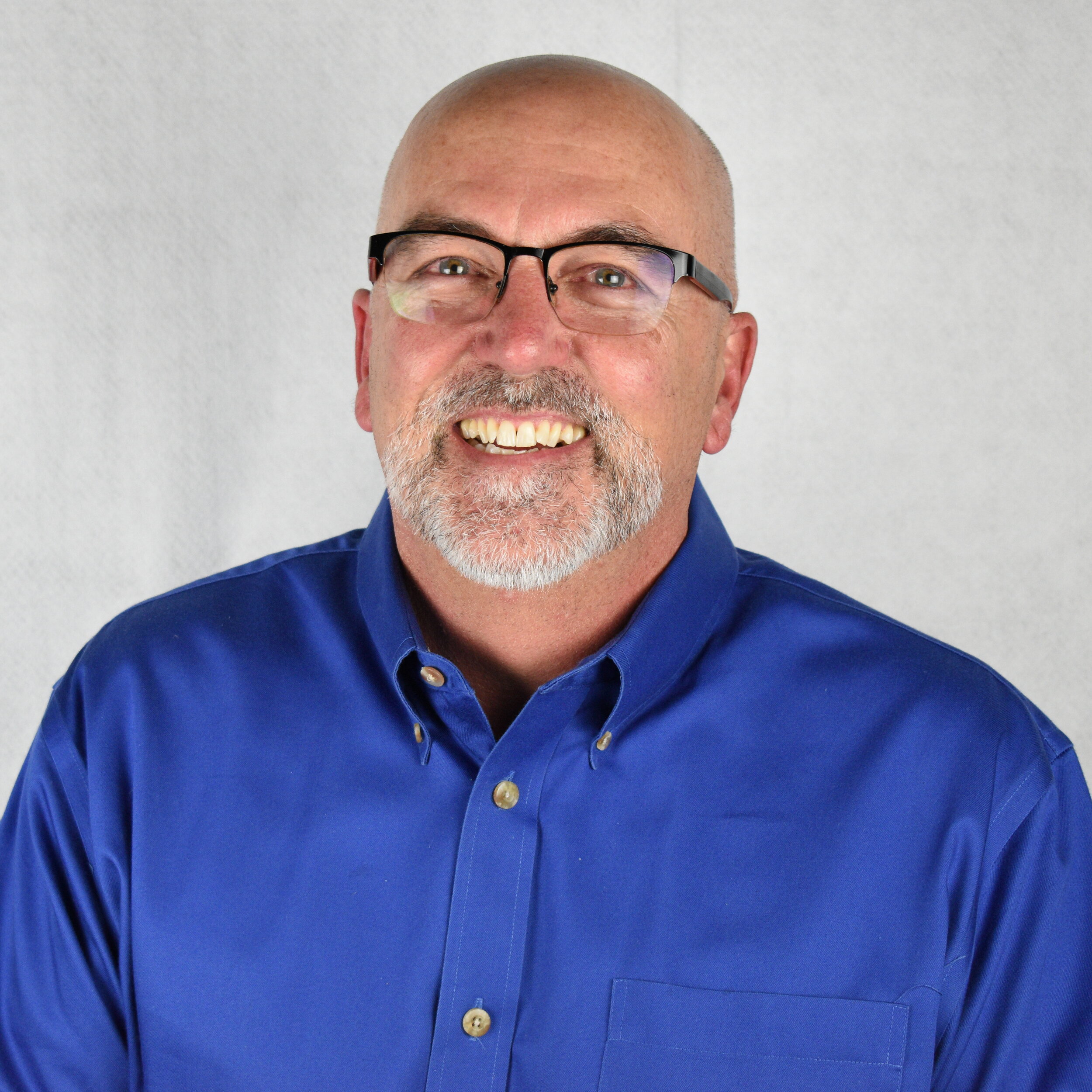about the head geek @ Envision...
The Envisionary
Richard Wingfield has seen a lot of milestones during his career, but the one he remembers most fondly is the rollout of the original Mac in 1984.
“I had worked in environments with main frame computer operations,” he recalls,“complete with the freezing glass enclosed rooms that housed the equipment, the big reel-to-reel tape systems you see in old movies, green text on black screen, and no idea what the document would look like when you printed it.”
“Then the Mac came out. And it had a mouse, and pull-down menus, and high-resolution graphics. There was black text on a white background and when you looked at the screen, you could see what the printed document would look like. I was all very empowering for the user.”
And Richard Wingfield had a vision: “This is how it should be.”
That vision morphed into reality in 1993, when he created the appropriately named Envision Design.
The firm’s success – whether it’s trouble-shooting, IT consulting, client communication, or just figuring something out – is due in no small part to Wingfield and, in particular, his background as an architect.
The son of a general contractor, he decided early on that he wanted to design buildings. There was great appeal in the creative part of the process, and he had a clear aptitude for translating the computer’s capabilities into a powerful architectural tool.
But what he really liked was the stuff that drove other people up the wall.
“The things that frustrated everyone else – it doesn’t work the first time, you can’t make it work under these specs, this is all too complex – those were the things I loved,” he explains. “The design process for architecture isn’t linear. It’s circular. You make assumptions, you test them, you go back and adjust, you make some more assumptions, find another variable, and try again.”
“That’s what architecture is all about: problem solving. You look at all the variables and ask, ‘How am I going to make a building out of that?’ I liked answering that question.”
Wingfield’s embrace of the assuming-testing-adjusting- solving approach helped shape an early career as a staff architect and computer systems manager for various firms in Houston, Austin, and Shreveport, Louisiana, and as a business development executive with Apple. Along the way, he picked up or strengthened a ton of skills: design and implementation of computer standards, 3D modeling and animation, web page designing, digital video editing, training, presentations, and developing networks.
But at some point, he also realized that being good on the technical side was only part of the consultant’s required portfolio.
“You can learn the technology and how it works,” he says. “But if you don’t have the people skills, it doesn’t matter how good you are technically. You’ve got to enjoy working with people, and have the ability to talk to them – not at them.”
Those lessons – learn what you need to know, keep learning, and be good with people – are the foundation that Envision is built upon.
The firm’s five professionals have traveled most of the technology and troubleshooting roads that clients may need help in navigating, so they have a good idea of what works and what doesn’t. As small business professionals, they recognize that even the seemingly little things – not being able to access a document, for example, or sending emails – can be a huge deal. And they know how to read people, assess a client’s level of knowledge, and talk to them accordingly.
“We’re not just spewing acronyms,” Wingfield continues, “We don’t mandate or dictate. We listen to our clients and then we work with them to find the best solution. We’re really business consultants with technology at the core of what we do – partners rather than break-and-fix people. Our guys just work at a higher level. “
While that “higher level” naturally applies to the day-in and day-out work at Envision, it can transcend computers. Once, Wingfield remembers, a client was having trouble with his phones. “We don’t do phones,” he continues, “but sure enough, one of our guys said, ‘Oh, yeah, PBX phones are a hobby of mine,’ and he was able to help.”
In the end, though, it all comes back to Wingfield’s original vision.
“When I saw that first Mac, it was the beginning of my consulting career,” he says. “It made me want to empower people with these new ideas and technologies. That’s what led me down this path. And that’s what keeps me going.”












